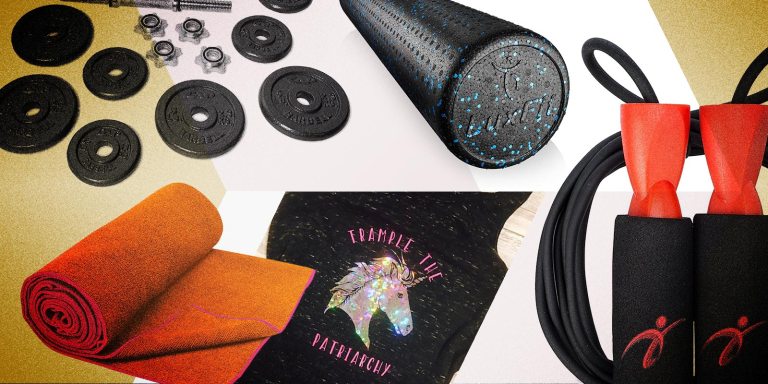Katrina
Katrina is queer, Latinx, and embracing her futch-ness in 2018. She lives in Seattle with her two dogs. Some of her favorite things are jellybeans, the beach, weightlifting, eyeliner, dad jokes, and impromptu dance parties. Her debut novel THE BEST BAD THINGS will be released this Fall. The book follows Alma Rosales, a queer woman and ex-Pinkerton detective, as she switches between female and male disguises to investigate an opium-smuggling ring. Come say hi and talk about books, sports, or your favorite jellybean flavor at Katrina’s website or on Twitter!












